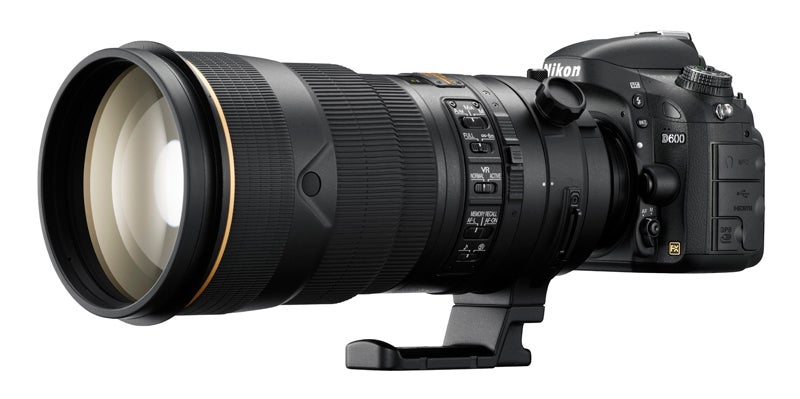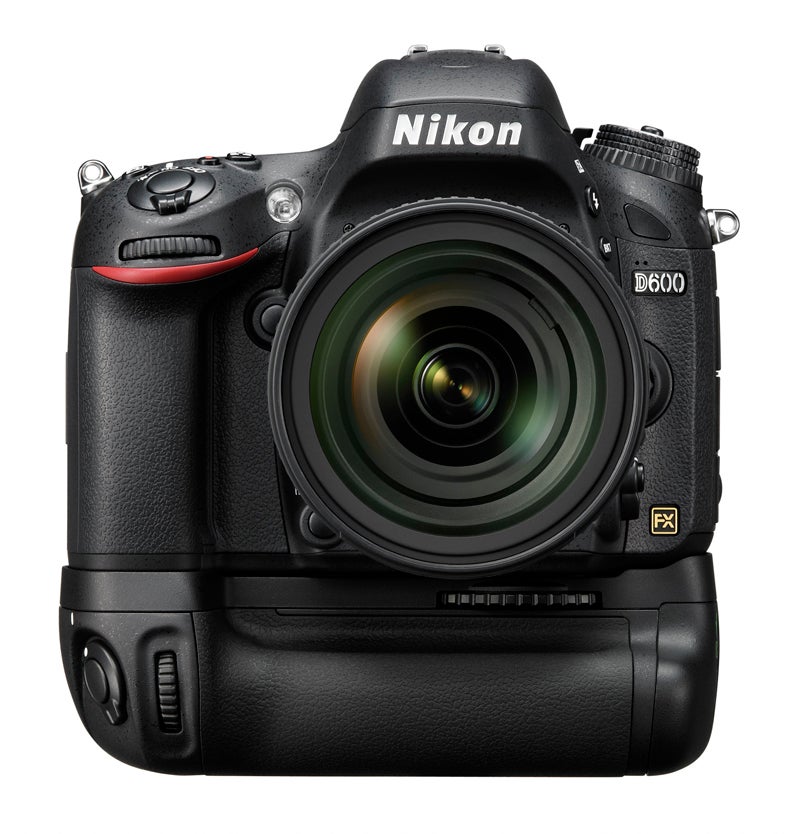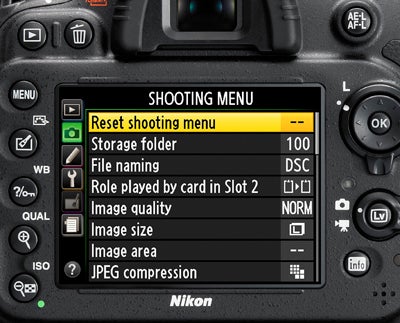The Nikon D600 is one of the most affordable full-frame DSLRs ever, so is it the camera we’ve all been waiting for? We find out in the What Digital Camera Nikon D600 review
Nikon D600 Review
Performance
Nikon D600 review – Performance
The D600’s Multi-CAM4800 is a very capable AF system that delivers a high level of performance and sophistication. If we’re being picky though, the 39 AF points are grouped a little too closely in the centre of the frame for some subjects, requiring you to focus and then recompose in some instances.
With the camera set to AF-S, we found focus to be fast and precise in action, performing well under a range of conditions. It’s only when little levels are really poor that you may find it struggles to lock-on, but this is only in very dark conditions that won’t be a daily occurrence for most shooters.
AF point selection is very straightforward too – simply use the D-pad to move from AF point to AF point. If you find all 39 AF points are too much, this can be pared back to 11 should you want to move round the frame quicker.
Switch to AF-C and you’ve got a host of sophisticated AF tracking options at your disposal as well as single point AF. Linked into the D600’s Scene Recognition System, Dynamic AF will intelligently track your subject should it move away from the initial AF point you select. Depending how erratically your subject is moving, you can choose between 9, 21 or 39-point Dynamic AF modes, while this can be fine-tuned in the camera’s menu to provide a bias for how far away your subject is. On top of this is 3D Focus Tracking, which will automatically track your subject from point to point, and is ideal for action/sports photography.

In Live View and video shooting, contrast-detect takes over focusing duties, with AF-S or AF-F focusing modes. AF-F is full-time servo AF, meaning that the camera is constantly adjusting focus during Live View or video capture. While it performs solidly, compared to specifically designed Compact System Cameras, it doesn’t quite have the same turn of pace and usability of these mirrorless options.
With a Class 10 SD card, the D600 is capable of rattling off 42 Fine JPEG files consecutively at 5.5fps before the buffer slows up, while at the same rate, 16 Raw files can be captured. This is pretty good considering the size of the files the EXPEED 3 image processor is handling, while the 5.5fps offered by the D600 is actually better than the D800’s 4fps. There’s also the option of adding the MB-D14 battery grip, but even with the additional power supply, it won’t boost the frame rate of the D600.

For those upgrading from a DX-format Nikon DSLR or similar, you’ll instantly notice the benefit of the larger and brighter viewfinder delivered by the D600. Not only that, but the 100% coverage means you won’t experience any stray elements creeping into the corners of the frame when you review your image. As well as that, the 3.2in screen provides a broad viewing angle, though some may be a little frustrated to see it sit flush with the body and not pullout from the camera. The screen renders plenty of detail and colour appears to be faithful, though it doesn’t quite have the same amount of ‘bite’ as we’ve seen in WhiteMagic and AMOLED screens.
The D600 is a nice camera to shoot with and those looking to upgrade should have no problems getting to grips with this camera. If you want, it can be used as a very sophisticated point-and-shoot camera if you pop it into Auto, but to get the best from it, you’ll want to explore the more creative options on offer. It’s also quick to use – all the shooting controls are dotted round the body and can be quickly accessed and adjusted, while the menu, while comprehensive, is laid out fairly logically. Within the main menu are six main sub-categories: Playback, Shooting, Custom Setting, Setup, Retouch and My Menu. It’s within these sub-categories that adjustments can be made to the camera’s set-up to really tailor the D600 to behave exactly how you want.





